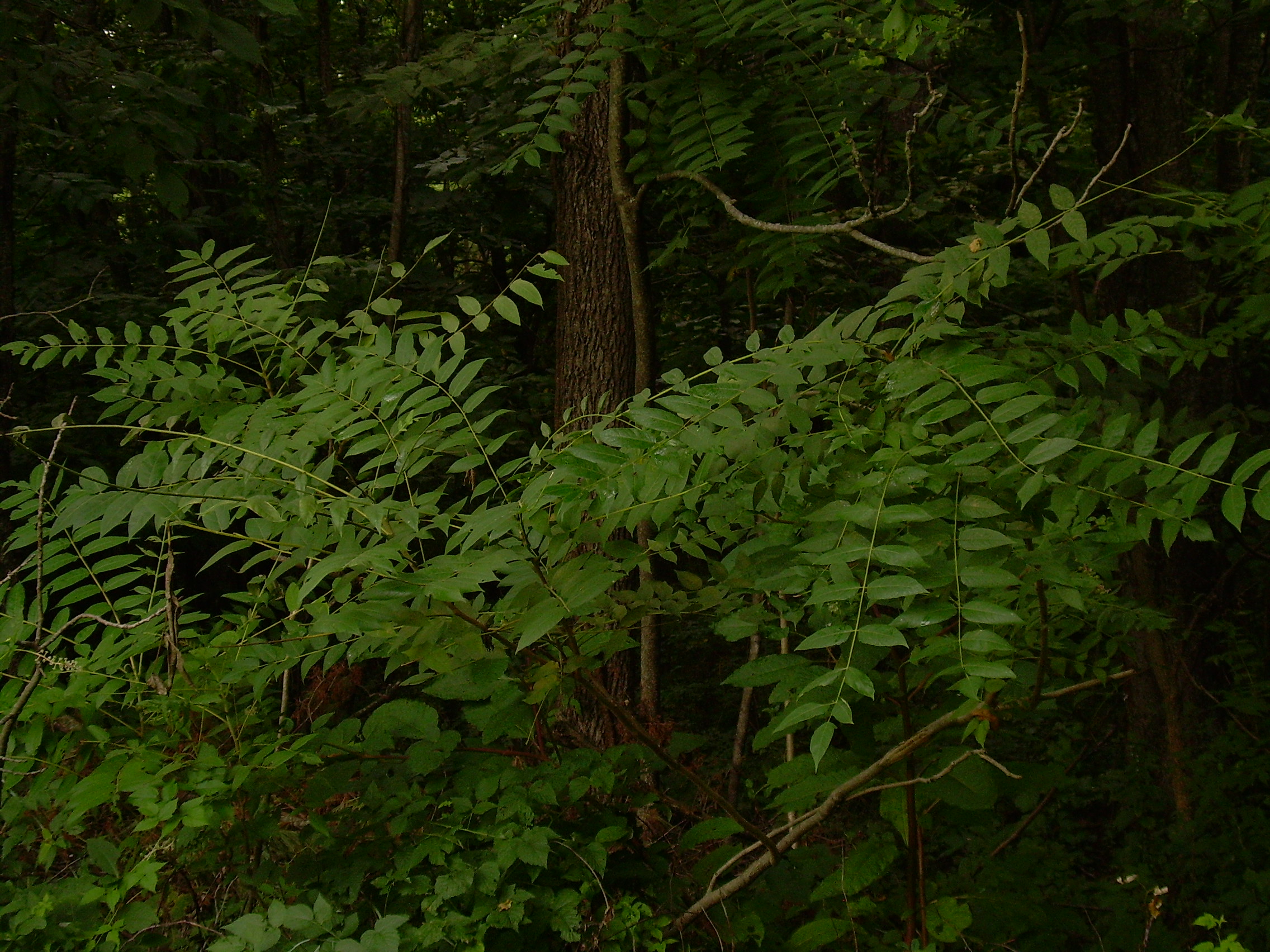|
|
|
Eastern Forest Consultants |
|
|
Herbicide Application
| Home |
      |
|
Eastern Forest Consultants maintains
pesticide business licenses and applicator certifications in North
Carolina, Virginia, and West Virginia. However, we are willing and able to
acquire certifications in additional states as needs dictate.
Primarily landowners contact us regarding invasive species control,
but we also conduct several pine releases every summer.
Currently we are equipped to handle applications with an ATV
sprayer and back-pack sprayers for broadcast or spot applications.
We utilize spray bottles for hack-and-squirt applications on larger
trees.

Invasive Species
Invasive tree and plant species are
becoming a widespread problem throughout the east coast.
Exotic, invasive species are often able to outcompete native,
desirable tree species creating unsightly infestations that often
decrease property and timber value. Through rapid growth
and/or allelopathic functions, invasive species choke out native
vegetation quickly. It is highly recommended that landowners
address invasive species infestations early before they become more
difficult and expensive to manage. All invasive species
infestations are different and create new challenges. We have
found that utilizing appropriate herbicides through one or multiple
techniques such as broadcast spraying, spot spraying, cut-stump
treatments, basal applications, and/or hack-and-squirt to be the
most efficient and inexpensive way to deal with most invasive
species infestations.
Pine Seedling Management
The typical pine plantation should be
released from hardwood competition during the 1st through 3rd growing
season. A pine release involves broadcast spraying a selective
herbicide at a rate that will kill or control hardwood species but
not pine trees. This operation is performed in late summer
after the pine tree buds have had time to harden.
Alternatively, it is often advisable that new stands undergo a site
prep spray prior to tree planting if the area contained a lot of
Virginia Pine pre-harvest or when seed-producing pine trees surround
the harvest area.
The Truth About Herbicides
Many misconceptions about the dangers of
herbicide usage exist within the general public. Unlike
insecticide or rodenticides, herbicides do not target bodily
functions of human beings. Herbicides are formulated
to attack the plant processes (ex: photosynthesis) so coming in contact with an herbicide is
not nearly as dangerous as inhaling or touching other types of
pesticides. Of course, Eastern Forest Consultants abides with
all herbicide labels which provide mandatory personal protective
equipment requirements during application, but the truth is that the toxicity levels of
most herbicides used in forestry are lower than items you may
consume every day. For more information regarding
herbicide toxicity levels or herbicide application in general,
please read
"Environmental Safety of Forestry Herbicides" or
"Herbicides
and Forest Vegetation Management;
Controlling Unwanted Trees, Brush,
and Other Competing Forest Vegetation".
Further information on herbicides can be found at our
Resources page.
|